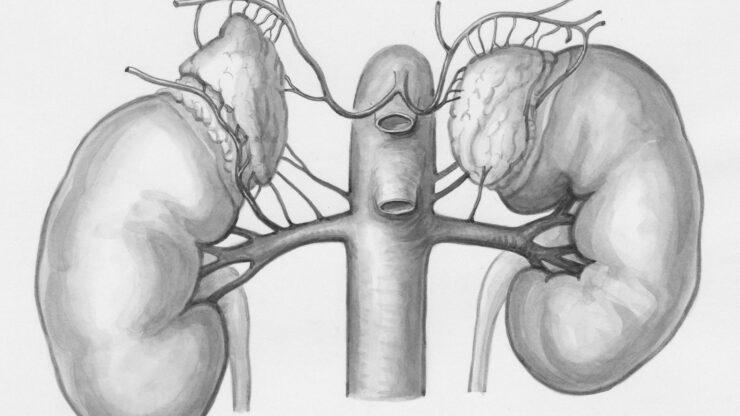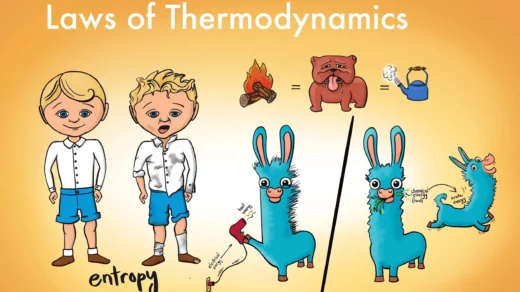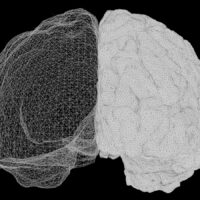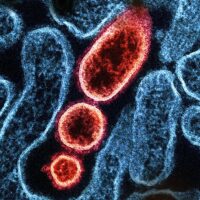Succession of Kidney Development
1.Kidney Formation:
Kidneys originate from the intermediate mesoderm.
They develop in the posterior body region of the embryo.
2.Initial Development:
Initially, a ridge forms that protrudes into the body cavity, known as the nephrogenic ridge.
This ridge undergoes changes to form nephric structures.
3.Formation of Nephric Structures:
Nephrotomes develop, which are structures connecting the medial end and capsule capillaries.
Each nephrostome forms a renal structure called the glomerulus, a tuft of arteries.
4.Nephrostome Growth:
The nephrostome grows outward, fusing with similar outgrowths to form the nephric duct, leading to the cloaca.
5.Evolution of Nephrotome:
The nephrostome evolves into a tubular structure connected to the nephric duct.
This structure eventually connects to the coelom and forms a funnel-like opening.
6.Fundamental Excretory System Plan:
The excretory system consists of paired, segmented tubules with a glomerulus.
These tubules have connections to both the coelom and nephric duct.
Tripartite Concept of Kidney Organization:-
1.Framework for Understanding:
The tripartite concept provides a framework to understand the development and structural differentiation of vertebrate kidneys.
2.Nephric Tubules Formation:
Nephric tubules form in three distinct regions of the nephrogenic ridge: anterior, middle, and posterior.
3.Stage-Specific Kidney Types:
Each region gives rise to a specific type of kidney at different stages of vertebrate development.
Pronephros:
Location
Anterior region of the nephric ridge.
Development:
Pronephric tubules appear early in embryonic development.
These tubules join to form the pronephric duct, which extends posteriorly to connect with the cloaca.
Glomeruli may protrude into the coelom, filtering fluid that enters the pronephric tubules via collected peritoneal fluids.
Functionality:
Typically functional in larval cyclostomes and some adult fishes.
In embryos of most lower vertebrates, pronephric kidneys filter blood and coelomic fluid, each pair of tubules forming a nephron.
Sometimes remains operational.
In amniotes (reptiles, birds, mammals), the pronephros is usually non-functional and regresses early in development.
Mesonephros:
Location
Middle region of the nephric ridge.
Development:
Mesonephric tubules develop after the pronephros, utilizing the pronephric duct, now renamed the mesonephric duct.
These tubules do not form a new duct but connect to the existing pronephric/mesonephric duct.
Functionality:
Functional in embryos of all vertebrates and in adult fishes and amphibians (opisthonephros).
The opisthonephros, a modified mesonephros with additional posterior tubules, functions in adult fishes and amphibians.
In amniotes, the mesonephros serves as the functional kidney during embryonic development but is eventually replaced by the metanephros.
Metanephros Development and Function:-
Location
Posterior region of the nephric ridge.
Development:
1.Formation of Metanephric Kidney:
The metanephric kidney develops from the formation of the metanephric duct, which arises from the base of the mesonephric duct.
2.Growth and Induction:
The caudal end of the duct grows into the posterior nephric ridge, inducing the formation of metanephric tubules.
Function:
Definitive Adult Kidney in Amniotes.
The metanephros becomes the definitive adult kidney in amniotes.
It is characterized by the ureter, which drains urine from the metanephric kidney to the bladder or cloaca.
Connection to the Coelom:
1.Pronephros
Tubules typically retain their connection to the peritoneal funnels, allowing fluid exchange between the coelom and the renal tubules.
2.Mesonephros and Metanephros:
These tubules usually lose their connection to the coelom during development, resulting in no direct fluid exchange between the coelom and the tubules in adult vertebrates.


















